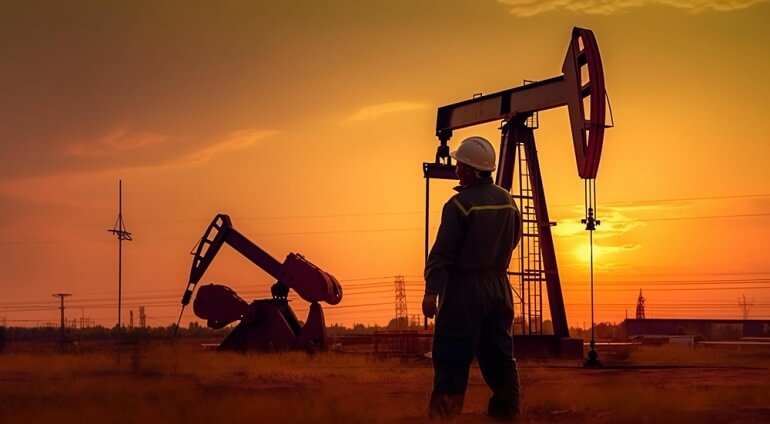The major oil businesses are joining the government’s efforts to cut emissions and encourage the use of renewable resources in conjunction with their own efforts to promote global sustainability. Surprisingly, there are a lot of steps oil business can take to make their operations less damaging to the environment and more sustainable.
Putting money into green energy
Although their primary goal is long-term profit, oil and gas firms have not overlooked the potential investment opportunities in the renewable energy sector. These investments are crucial for the advancement of new renewable technologies. As the market leader, solar is only predicted to become more significant, particularly in the residential sector where it is projected to replace other energy sources as the main source. Oil businesses that want to be in the industry for the long run are investing in things that will eventually enable them to stop using the term “oil” and switch to “solar.”
Cutting back on the use of freshwater
Water is used in the oil extraction process as a necessary component for cooling drills and clearing soil and rock debris. The daily use of hundreds of millions of barrels of fresh water must be drastically decreased if the business is to be granted a sustainable certification. Even if the oil business recycles 95% of the water it uses, extraction procedures still need to be adjusted to utilize even less freshwater.
Reducing the impact on the environment
By using recyclable wooden mats to construct temporary access roads, Cenovus, a business based in northern Alberta, Canada, has reduced its impact on the pristine subarctic region. Compared to permanent roads, these wooden matting have substantially less of an impact while offering crews, equipment, and cars stable working conditions. They just take up the mats and transport them to the next site when the work is finished in that region.
Three-dimensional pictures
It’s no secret that 3D technology is revolutionizing a number of industries, including the oil industry, where its use is helping them run their businesses more profitably. They can decrease operational inefficiencies and create backup plans for their operations by using 3D imagery of their oil wells to help them make better informed decisions. By doing this, they can maintain their output rates while consuming less energy and materials.
Sophisticated drilling methods
Oil business used to have to drill very deep wells in order to get to the oil, but nowadays engineers are creating methods that let them drill smaller holes without sacrificing production. With oil wells being extended horizontally, there is less disruption to surface ecosystems and trouble-free BHA (bottom hole assembly) thanks to these cutting-edge drilling techniques and high-performance drill collar alternatives.
Cutting down on gas flaring
Many oil businesses utilize a technique called gas flaring to burn off the gasses created during the oil production process. During the World Summit on Sustainable Development in August 2002, a public-private partnership called Global Gas Flaring Reduction was introduced. Government representatives from oil-producing nations, state-owned businesses, and significant international oil companies are all participating in this cooperation. One of the main goals of the GGFR program is to prevent gas flaring by working together to remove obstacles and instead provide natural gas to areas that are impoverished.
Environment without paper
Oil firms, like most other industries, rely heavily on massive volumes of printed material on a daily basis. But businesses may keep papers online via cloud computing, which eliminates the need for printed paper. These global corporations can reduce printer material-related human errors and conserve trees by moving from paper to electronic systems. Additionally, they could increase employee productivity by reducing the time needed to file paper papers.
Making use of analytics
Companies have been pushed by lower oil prices to increase the effectiveness of their oil and gas operations. Operators have been making investments in cutting-edge technology and, in certain situations, have even realized some return on those expenditures. The majority of operators, meanwhile, haven’t been able to reach their full output potential. Typical offshore installations operate at roughly 77% of their maximum output potential, according to McKinsey benchmarks. This translates into 10 million barrels per day or US$200 billion in income for the entire sector. Companies may increase productivity and close this performance gap if they adopted advanced analytics. The most effective answers to challenging production optimization issues are found using modern techniques that combine peak engineering, data science, and processing power.
Although oil and gas production and exploitation are not environmentally friendly or sustainable by nature, they are trending in the direction of longer-term sustainability. By utilizing cutting-edge machinery, modified procedures, and intelligent software, progressive oil businesses are contributing to environmental preservation.



